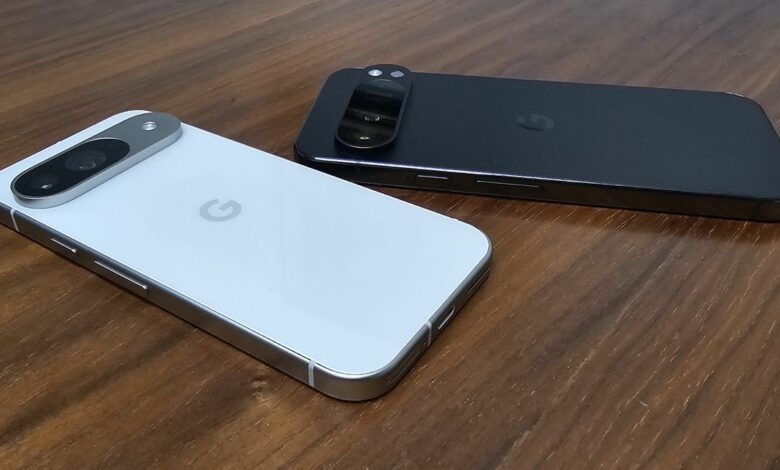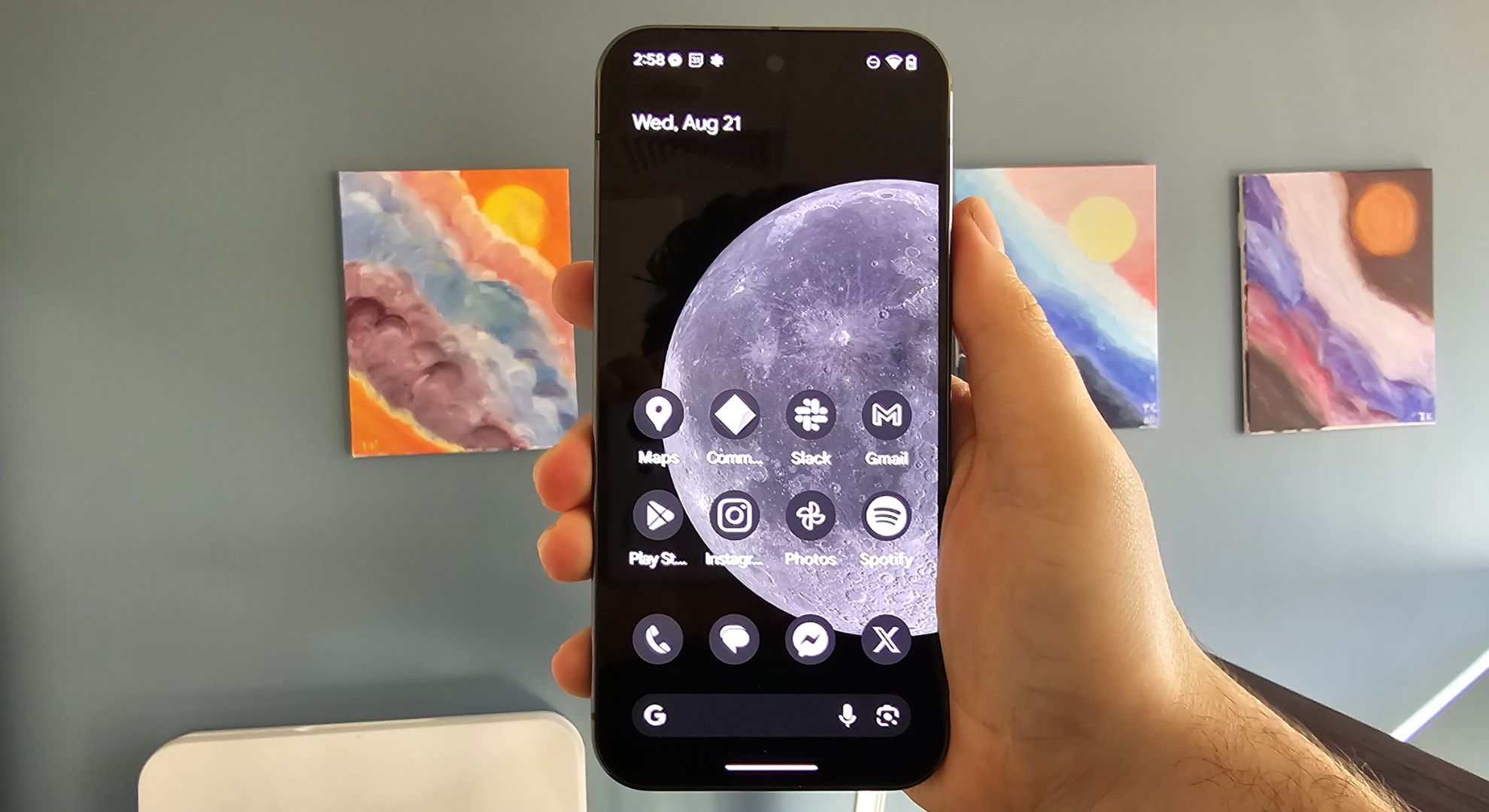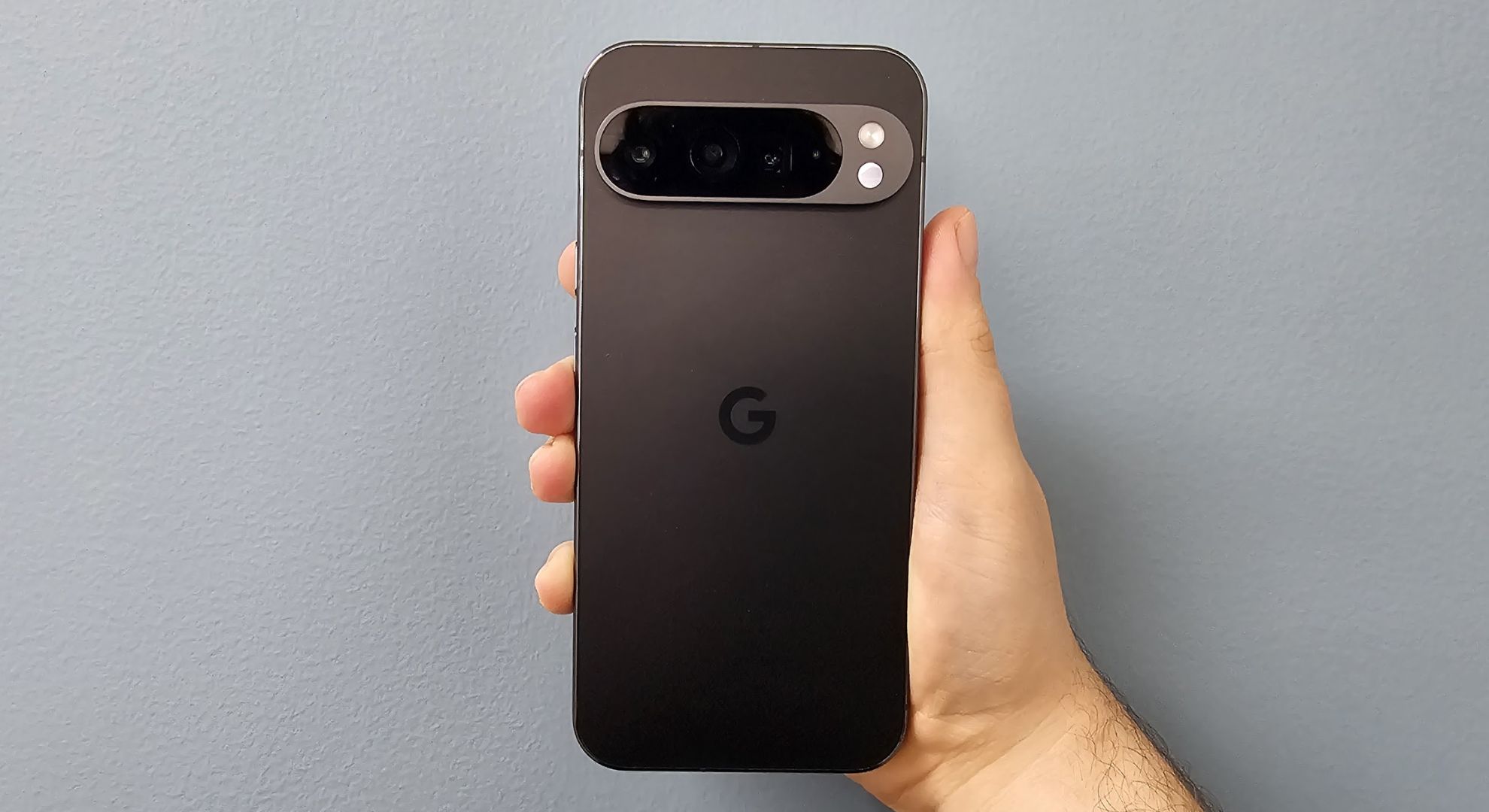The Pixel 9 Pro XL reminds me why I love Google’s phones so much

It’s hard to break out of the Apple ecosystem. Sure, many find it a comfortable place to be, as Apple offers an exceptionally well-designed user experience and interface, but for those looking to squeeze a little more out of a device – particularly better compatibility with Windows devices and a wider selection of apps – Android is for you… if you can handle Android. Fortunately, Google offers the best Apple detox.
In 2022, I upgraded from the iPhone 12 Mini to the Google Pixel 6a, and I loved it. I immediately fell in love with Google’s suite of apps and the similar experience that Google offered. The search giant had fully mastered the ins and outs of a competitive Android experience, buoyed by a range refresh with the Pixel 6 phones from the year before. It’s no surprise why I liked the phone so much; while the likes of Samsung and Oppo are both competitive smartphone rivals in terms of performance and stats, Google went all in on the user experience and mastering the camera.
And in my opinion, this remains the secret sauce of the Google Pixel range – which I rediscovered with the Google Pixel 9 Pro XL. Samsung’s phones are brilliant, and the Samsung Galaxy S24 Ultra remains my personal phone for its immense performance. However, Google Pixels are the best iPhones that Apple doesn’t make.
Want to Leave Apple? Start with a Pixel

Using the Google Pixel 9 Pro XL over the past week has been great. Google’s phones remain the easiest Android devices to get used to, with no unnecessary bloatware piled on top of the OS. The bloatware issue remains a nagging drawback for phones from the likes of Oppo and Asus – and to a lesser extent Samsung.
Rather than a mishmash of apps from a wide variety of developers, Google sticks to its own in-house developed apps and nothing more until you head to the Play Store. The company already has the best maps app in the world, along with what I’d consider the best cloud-based drive and photos app, so those bases are pretty much covered.
For many Android phones, setup is an awkward tap dance between services tied to Google and services tied to the phone maker. Many of the apps made available to me on my Samsung Galaxy S24 Ultra have gone unused because I just don’t want to use Samsung’s version (Samsung Gallery, Samsung Pay, for example) when I can just use Google’s versions.
On a Pixel, setup is simple and relies on a Google account, which you likely already have (as Gmail is the most popular email service in the world and also doubles as a Google account). If you don’t have one, that’s fine, you can use any non-Gmail account to create a Google account. It’s an extremely clean process aided by a very user-friendly OS design.
And once that’s all done, you’re free to go. Install whatever apps you want and enjoy broader compatibility with non-Apple devices (including Android and Windows devices). There’s absolutely nothing wrong with sticking with Apple… But the Pixel represents an easy way out.
Not only is Google’s approach to software an attractive alternative to Apple, the hardware side has also become noticeably more expensive in recent years.
Introduced with the Pixel 6 lineup, the camera bar made the phones look both unique and exceptionally premium, while also ushering in a new camera system that put the Pixels on the same stage as the iPhone and Galaxy S lineup. The Pixel 9 lineup features a fairly redesigned camera bar that’s much more rounded, essentially making the use of a case a necessity due to how far it protrudes.
But it’s not all Pixel perfect

To be fair, Google has squandered one of the most competitive aspects of the Pixel line. A modest price hike for the Pixel 8 and Pixel 8 Pro in 2023, followed by another price hike in 2024 for the Pixel 9 and Pixel 9 Pro XL (spurred by the introduction of the Pixel 9 Pro as a separate device from the Pro XL) has made the phone noticeably less competitive on the price front.
Keep in mind that Google’s own Tensor processors, now the Tensor G4 chip powering its latest phones, have historically been less powerful than the competition from Apple and Samsung. This performance gap was previously mitigated by a much lower price point, but has now been exacerbated by a cost that puts it in a fiercer competition with those other companies. Most people probably wouldn’t notice a performance gap, but it’s something that could irk power users running extremely demanding apps or playing graphics-intensive games.
Google has also ditched a “Titanium” model, breaking with the trend set by Apple with the iPhone 15 Pro and Samsung followed with the Galaxy S24 Ultra. Unlike higher-end Samsungs, which also hiked prices, there’s also no vapor cooling chamber and there’s a notable lack of UFS 4.0 storage (Google uses 3.1), resulting in slower read/write speeds compared to the S24 series.
So here’s what I’m thinking; if you’re looking to try out an Android phone for the first time, I’d highly recommend the Google Pixel 8a as an entry-level phone. If you want something a little more powerful, consider stepping up to the Pixel 9 for better performance, or the Pixel 9 Pro and Pixel 9 Pro XL for better photography.
If you are comfortable with the Android world, then I would highly recommend the Samsung Galaxy S24 series phones and many other phones.




